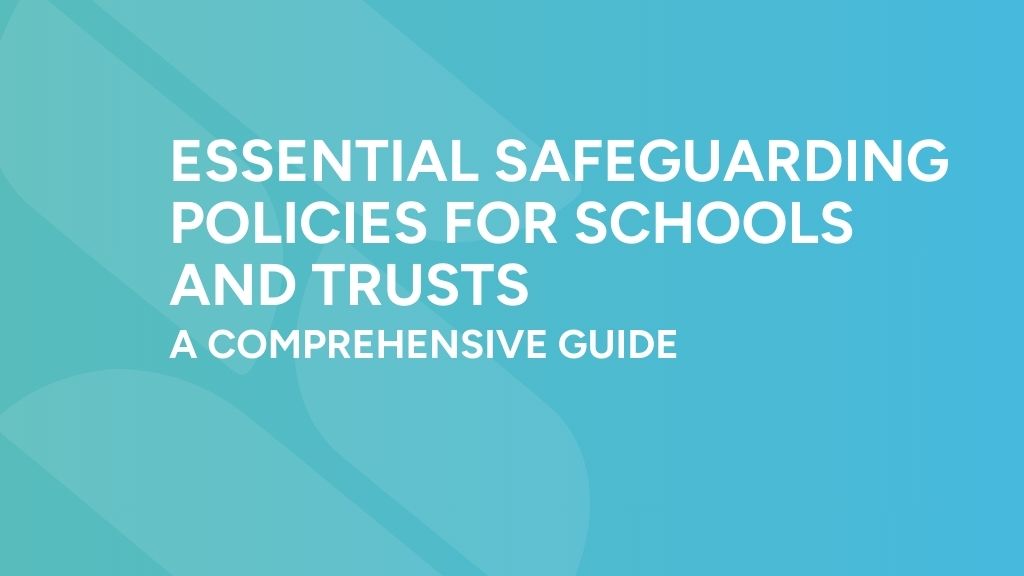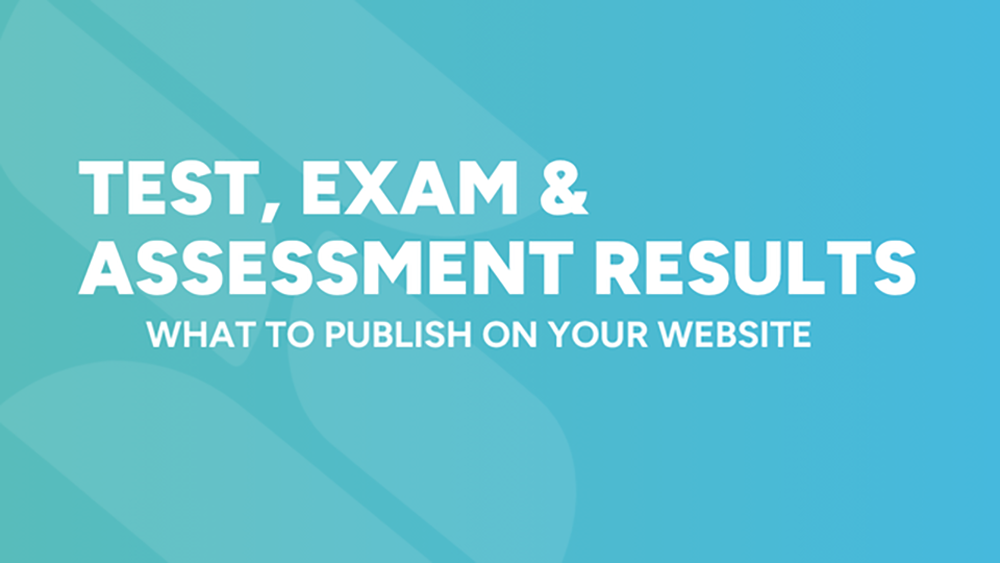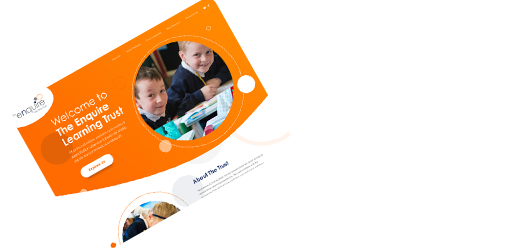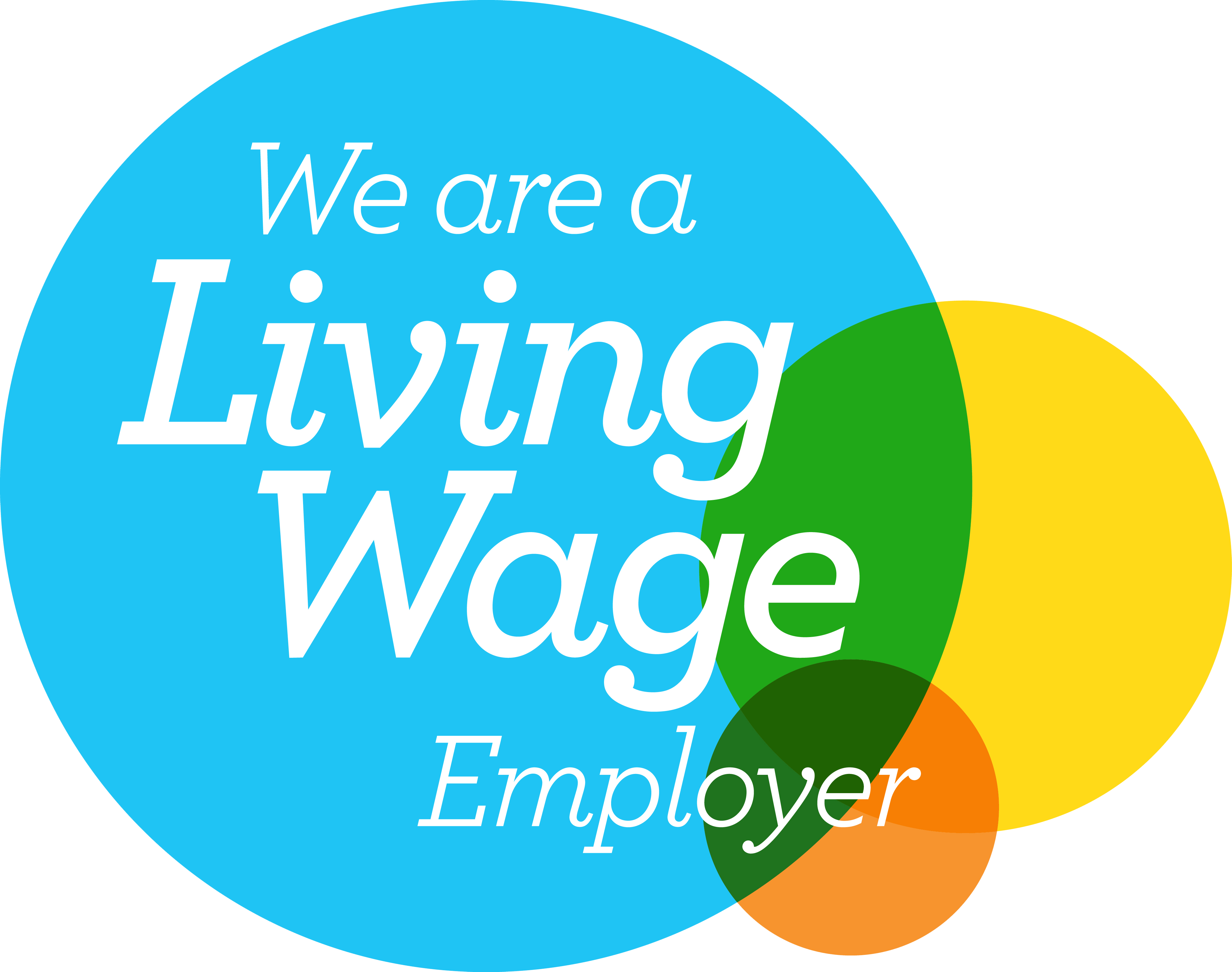Pupil Premium – What to Publish on Your School Website
Pupil Premium – What to Publish on Your School Website
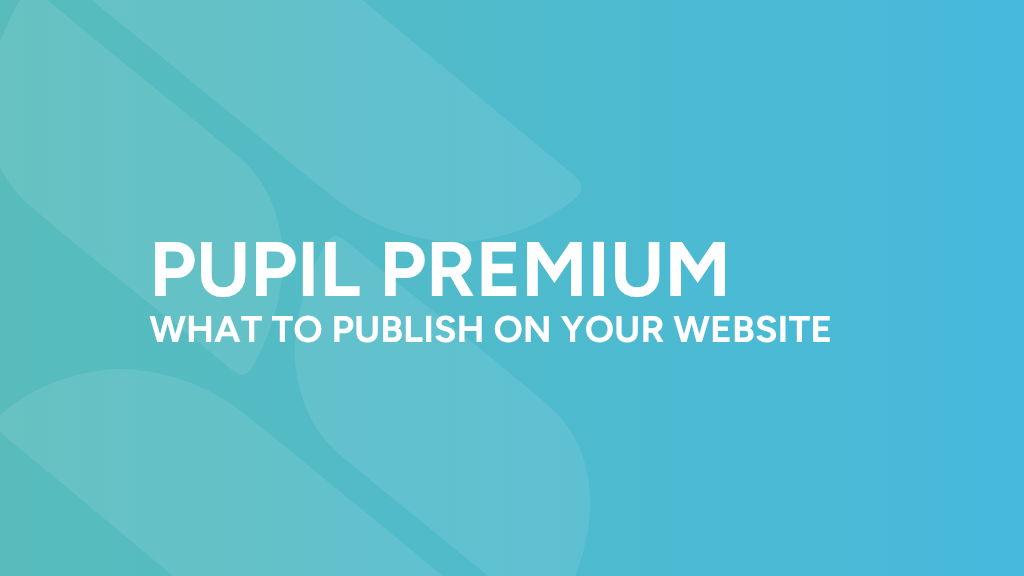
Pupil Premium – What to Publish on Your School Website
Schools and academies that receive Pupil Premium funding must publish an annual strategy statement by 31 December each year. This ensures transparency in how the funding is spent and the impact it has on disadvantaged pupils’ education outcomes. Complete these steps to ensure you have exceeded this school website requirement.
While this is a statutory requirement, it also presents an opportunity to demonstrate how your school is utilising funding effectively to close the attainment gap and support disadvantaged students.
Why Publish Pupil Premium Information?
-
Legal Compliance – Schools must meet the 31 December deadline each year.
These requirements apply to state-funded schools in England.
-
Transparency & Accountability – Parents, governors, and inspectors need to see how the funding supports disadvantaged pupils.
-
Demonstrating Impact – Schools can use this to highlight positive changes and successful interventions. Schools are encouraged to select strategies from a menu of approaches, as recommended by the Education Endowment Foundation, to maximize the impact of pupil premium funding.
A clear and structured report ensures compliance while communicating the value of Pupil Premium spending to the broader school community. The Education Endowment Foundation provides evidence-based best practices and evaluated interventions that schools can use to inform their pupil premium spending. The government provides Pupil Premium funding to state-funded schools to help improve educational outcomes for disadvantaged children.
What Schools and Academies Must Publish?
By 31 December Each Year, Schools and Academies Must Publish:
-
A Pupil Premium Strategy Statement, explaining:
-
How Pupil Premium funding is being spent. Schools must outline the eligibility criteria for the Pupil Premium Grant and identify eligible pupils who qualify for support.
-
The education outcomes achieved for disadvantaged pupils.
-
The statement must be published using the official DfE template, available on the Pupil Premium Guidance Page. The template helps schools demonstrate how funds are allocated and spent in accordance with funding criteria, and should reference the payment schedule for the pupil premium grant as set by the government.
-
Three-Year Spending Plans (Recommended by DfE)
-
DfE encourages schools to plan Pupil Premium spending over three years. However:
-
The statement must still be updated annually to reflect:- Current academic year spending activity.
-
The impact of Pupil Premium in the previous academic year.
It is important to note that the pupil premium grant is not a personal budget for individual pupils, but is allocated to the child’s school, which is responsible for implementing support and interventions for eligible pupils to improve their educational outcomes. Even if a three-year plan is in place, schools must provide an annual review to ensure up-to-date reporting.
How to Publish Pupil Premium Funding Information Effectively
1. Create a Dedicated Pupil Premium Page
-
Clearly label the page “Pupil Premium Strategy” or “Pupil Premium Funding”.
-
Place it in an easily accessible location under “Key Information” or “School Performance”.
2. Use the Official DfE Template
-
Schools must use the official template to structure their statement.
-
Ensure the document is published in an accessible format (e.g., HTML or PDF, ensuring PDFs open in a new tab).
3. Provide a Clear Funding Breakdown
A simple table makes it easier to understand how schools spend money and how additional funding can benefit disadvantaged children and address identified needs.
Example Format:
|
Academic Year |
Pupil Premium Received |
Spending Priorities |
Impact on Pupils |
|---|---|---|---|
|
2023-2024 |
£120,000 |
Literacy interventions, pastoral support, enrichment activities |
Improved reading outcomes, increased engagement |
Note: Funding can also be used to benefit non-disadvantaged pupils where appropriate, especially when addressing whole-class or school-wide identified needs. In some cases, pupil premium funding may also be used to support non eligible pupils with identified needs, where this benefits the wider school community.
4. Summarise the Impact of Pupil Premium
Schools must report on the effectiveness of previous spending. A brief summary can make this clearer for stakeholders.
Example:
“Thanks to Pupil Premium funding, we have improved literacy levels by 15% among disadvantaged pupils and expanded access to extracurricular activities. Behaviour and attendance rates have also shown significant improvement.”
The local authority and the child’s school work together to address the needs of eligible pupils, ensuring that funding is used effectively to support their identified needs.
5. Outline Plans for Future Spending
Provide a forward-looking strategy, ensuring sustainability and long-term impact.
Example:
“In the coming year, we will focus on targeted maths interventions and additional mental health support for disadvantaged pupils. Future spending will address identified needs and support both disadvantaged children and non disadvantaged pupils to maximise the benefit of available funding.”
Example of Best Practice for Pupil Premium Reporting for Disadvantaged Pupils
Pupil Premium Strategy – 2023-2024
📄 Download Our Pupil Premium Statement (PDF)
At [School Name], we are committed to ensuring that all pupils achieve their full potential, regardless of their background. The pupil premium grant is paid to enable schools to support both disadvantaged children and young people, including those with special educational needs, and to improve educational outcomes. Our Pupil Premium funding is used strategically to close attainment gaps and provide targeted support.
Pupil Premium Allocation & Spending
|
Academic Year |
Total Funding |
Spending Priorities |
Impact on Pupils |
|---|---|---|---|
|
2023-2024 |
£120,000 |
Literacy interventions, pastoral support, enrichment activities, high quality teaching, music lessons, support for individual pupils |
Improved reading outcomes, increased engagement, academic progress, higher grades, closing the attainment gap at key stage, primary and secondary school |
Funding is allocated based on the number of eligible pupils, including those eligible for free school meals or the following benefits, and the grant can be used for interventions such as high quality teaching, music lessons, and support for individual pupils. The premium grant is not a personal budget for each child, but is used to address the needs of identified pupils, including those with a social worker or from families with special educational needs. The funding can also benefit non disadvantaged pupils and is reviewed annually, with eligibility sometimes continuing for the next six years. The local authority and a designated point of contact, acting as an intermediary between the school, families, and external agencies, support families and children in accessing these services and ensuring effective use of pupil premium funding.
Impact of Pupil Premium in the Previous Year
✔ Literacy progress improved by 15% among disadvantaged pupils.
✔ Increased participation in after-school clubs and sports activities.
✔ Pastoral interventions led to a reduction in behaviour incidents.
🔗 View Our Full Pupil Premium Strategy
Next Steps for Schools and Academies
-
Ensure your Pupil Premium statement is published by 31 December.
-
Use the official DfE template for clarity and compliance.
-
Summarise the funding impact and future spending plans.
-
Regularly update the information to reflect new strategies and progress.
For further guidance, explore our School Website Requirements Guide.
Publishing clear and accessible Pupil Premium information ensures compliance while showing how funding is making a real difference for disadvantaged pupils. Let’s work together to showcase impact and accountability!




